Gold Coins in the Srivari Hundi of Lord Venkateswara: S.V. Museum Collection
The holy temple of Lord Sri Venkateswara on the sacred hill of Tirumala has a hoary antiquity both mythologically and historically. It is the most popular and sacred Hindu temple in India and perhaps has a record for the largest number of devotees thronging the portals of Lord Sri Venkateswara. Vengadam or Tirumalai is in the Tondamandalam area and this area was successively ruled from ancient times by Satavahanas (30BC- 230 AD), Pallavas (260-900AD), Cholas (900-1250 AD), Chola chiefs (1250-1336 AD) and Vijayanagara rulers (1336-1680 AD) respectively. This area came under Muslim rule between 1650-1800 AD and then under the British till independence. The antiquity of the temple is based on literary, inscriptional and numismatic evidences. According to literary source Sthalapurana, Tirumala was a part of the Meru Mountain. Due to some misunderstanding a fight took place between the divine serpent God Adishesha and the wind God Vayu. During the fierce nature of the fight between the two, the Meru mountain was split into two pieces and one of them fell on the earth and it became famous as Tirumala. The various Tirthas at Tirumala like Akashanganga, Papavinashana etc. have divine connotations. In fact the seven hills of Tirumala are taken to be the symbols of the seven hoods of Adisesha, the divine serpent on which Vishnu reclines. That is why one of the hills is called Seshachala and Lord Venkateswara is referred to as the dweller of Seshachala. The sculpture of Lord Venkateswara in the garbhagriha is considered Swayambu or self manifest which symbolizes its divine antiquity. Thus, mythologically it has an unfathomable antiquity.
The Sangam work Silappadikaram assigned to the early centuries of the Christian era has an interesting reference to the holy shrine of Tirumala. Kovalan and his wife Kannagi were proceeding to Madurai and on their way they met a Brahman by name Marayyan. He told Kovalan that he is returning after worshipping two Vishnu images, one at Srirangam where he is reclining and the other one standing Vishnu at Tiruvengada hills. This means that by the time Silappadikaram was composed (2nd century A.D.) Lord Venkatesa had became famous to attract devotees from Tamilnadu of the Sangam period. That this is not an isolated reference is attested to by another reference in a different context. The same epic defines the boundary of ancient Tamilnadu and states that Venkatam hills formed the northern boundary of Tamilagam. Thus, from the two references found in the epic Silappadikaram, it is obvious that the lord of Tirumala was well known during the early centuries of Christian era.
There are 1150 inscriptions in the temples of Tirumala and Tirupati and the earliest are those of Pallava numbering 236 followed by those of Vijayanagar kings namely Saluva Narasimha (169), Krishnadevaraya (229), Achyutharaya (251), Sadasivaraya (147) and Aravidu rulers (135) (Subramanya Sastry 1930). The earliest inscription to be found in the temple belongs to the Pallavas of Kanchi of 830 A.D., belonging to the reign of Vijayadantivarman. It mentionsTiruvenkattu Enberumanadigali.e., Lord Venkateswara. The Pallava queen Samvai Kadavan Perundevi is mentioned in the inscription as making the gift of an image of Manavala Perumal for the temple. Perhaps taking the pre- Pallava period of the area in which Tirupati was situated, it may be assumed that a more intensive exploration may yield inscriptions of pre-Pallava dynasties in Tirupati. There are also inscriptions of the Cholas, Pandyas, Maratha chiefs, Telugu Pallavas, Telugu Chodas, Yadavas, Rashtrakutas etc.in the region.
The most fruitful period was the Vijayangara epoch in which Krishnadevaraya visited this temple seven times between 10-2-1513 to 17-2-1521 AD and gave rich gifts to lord Venkateswara. He also minted coins with the portrait of lord Venkateswara on the obverse side. Some of the later Vijayanagara rulers also continued this tradition by minting coins with Sridevi and Bhudevi along with Venkateswara. Some of the coins have the writing Sri Venkateswaraya namah on the reverse side which are depicted on the cover page. Inscriptions and coins of Vijayanagar rulers testify to the close relationship between them and Tirupati.
The Tirumala temple had devotees even during the period of rule of the Sultans of Delhi and the Mughals as testified by rich gifts in the form of gold coins. Special mention should be made of gold coins of Muhammad Tughlaq, Akbar, Shah Jahan, Aurangazeb, Shah Alam, Farrukhsiyar, Muhammad Shah, Azizuddin Alamgir II, Asaf Jahi rulers, Arcot Nawabs, Haidar All and Tipu Sultan. The gold chains and the coins of these rulers will be a useful study and adds a new dimension to the worship of Lord Venkateswara.
English East India Company had a special fascination for the Lord of the seven hills. In fact they took great interest in the administration of this temple. East India Company showed greater devotion to Lord Venkateswara by issuing gold coins containing the portrait of this god either alone or in the company of his two consorts.
It is also interesting that the T.T.D. temple treasury has gold coins of many European rulers and medals of France and Germany belonging to 19th and 20th centuries and these are the prized possessions of this temple. The Srivari hundi has also yielded gold coins of Iran and Turkey. All of these Islamic coins, foreign coins and thousands of coins of the Indian dynasties of various periods show that millions of devotees have visited the temple of Lord Venkateswara and paid homage to him in ancient times. The desire of every devotee, rich or poor, is to offer cash or gold, silver and precious stones etc. to the hundi or the offer-box which is generally referred to as Srivari hundi. Hundi is a Dravidian word. While it is referred to as hundi in Telugu and Kannada, it is undi in Tamil and Bhandaram in Malayalam. To a devotee hundi not an inanimate metal box or a cloth bag but it is the symbol of the Lord of seven hills. A devotee takes a coin or a currency note or any other object including Jewellry, prays to the Lord with closed eyes and takes it near his eyes in reverence and drops it in the hundi and feels as if Lord Venkateswara has taken it from his own hands. After depositing it in the hundi the gifts rightly belong to lord Venkateswara and hence great care has been bestowed on protecting and preserving the precious offerings made by devotees of Lord Venkateswara all these centuries. All of toins are the offerings of the devotees and they must come through the hundi. Besides the devotees the officials of the ruling dynasties may have made munificent donations to the temple. Counting and sorting these coins is an amazing and unparalleled spectacle. Though hundreds of different items of jewellery of gold, silver, precious stones like diamonds, rubies, sapphires, chains, rings etc. are offered to Lord Venkateswara in the hundi, gold coins have been preserved in the T.T.D. Treasury. Of these 1213 gold coins were in the possession of the T.T.D museum and these coins are taken up for study. It is proposed to study each coin dynasty wise and prepare a catalogue of the coins with relevant historical information.
Get it now and save 10%
BECOME A MEMBER
-
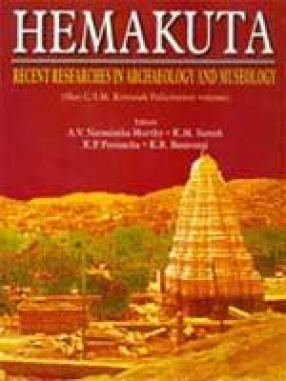
Hemakuta: Recent Researches in Archaeology and Museology (In 2 Volumes)
-

Indian Coin Heritage
-
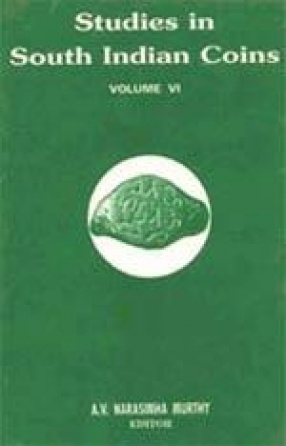
Studies in South Indian Coins, Volume VI
-
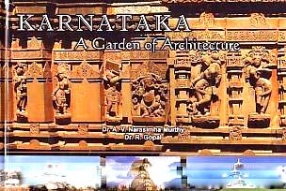
Karnataka: A Garden of Architecture
-
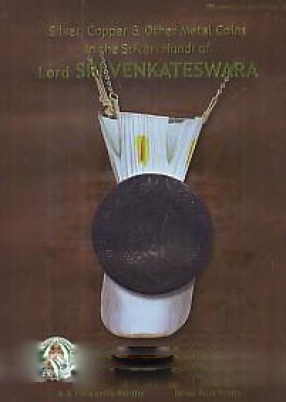
Silver, Copper & Other Metal Coins in the Srivari Hundi of Lord Sri Venkateswara: S.V. Museum Collection
-
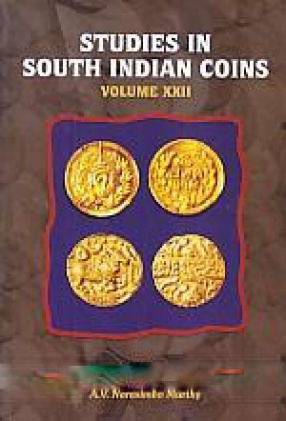
Studies in South Indian Coins, Volume XXII
-

Changing Library Environment: Concepts and Contexts
-
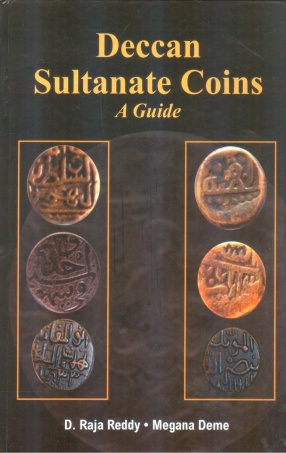
Deccan Sultanate Coins: A Guide

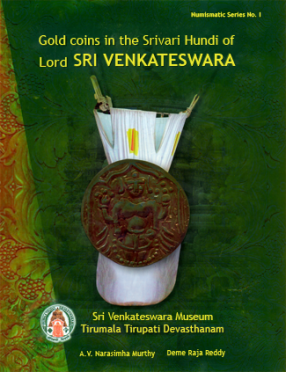
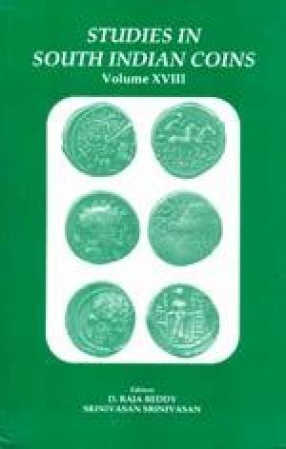
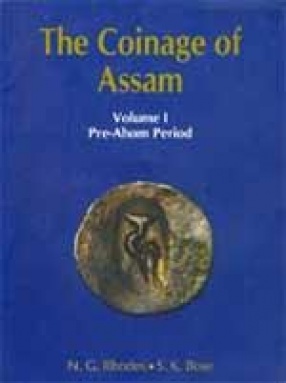
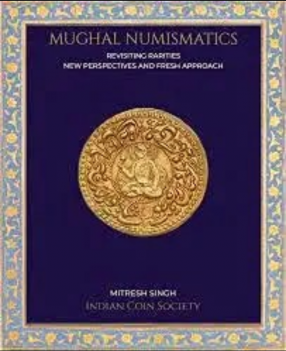
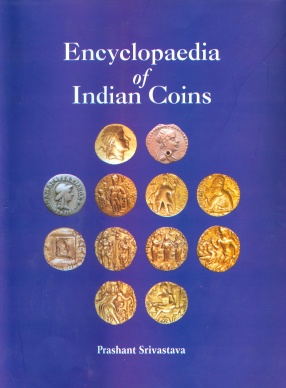

Bibliographic information
D. Raja Reddy